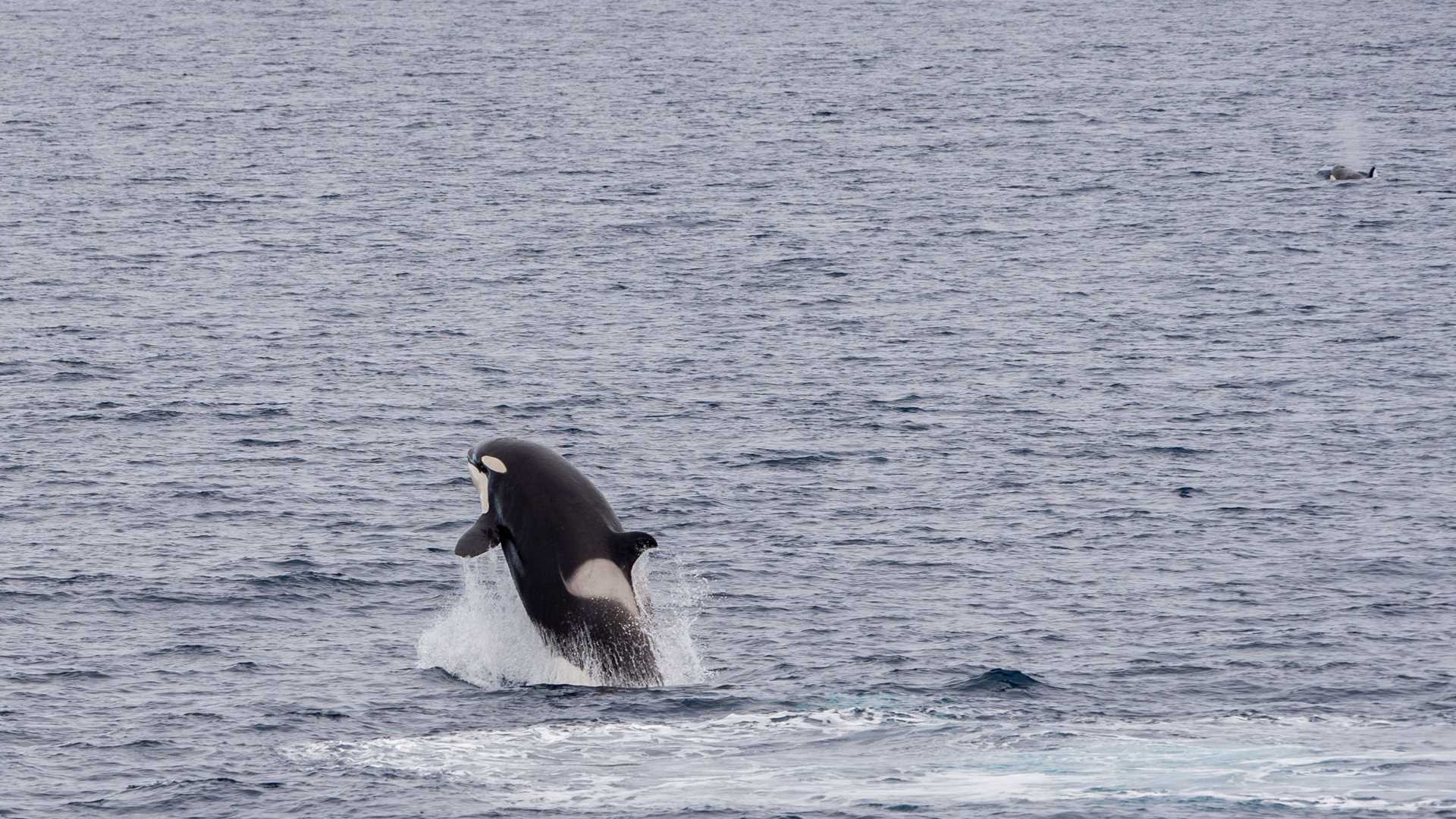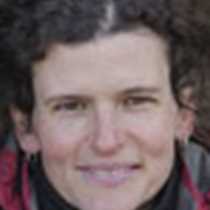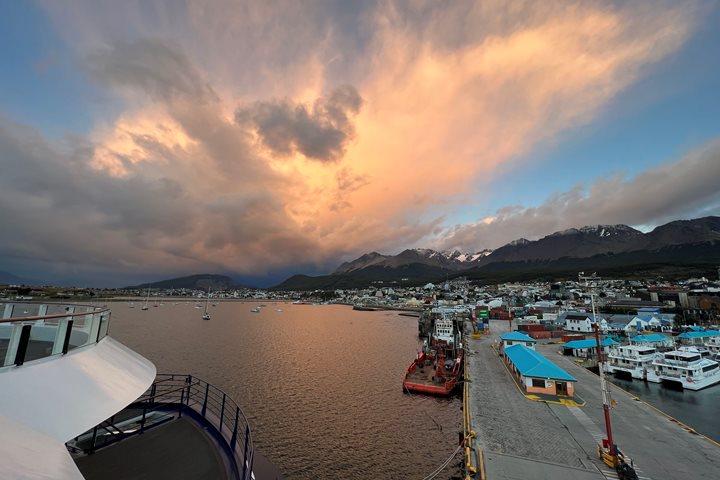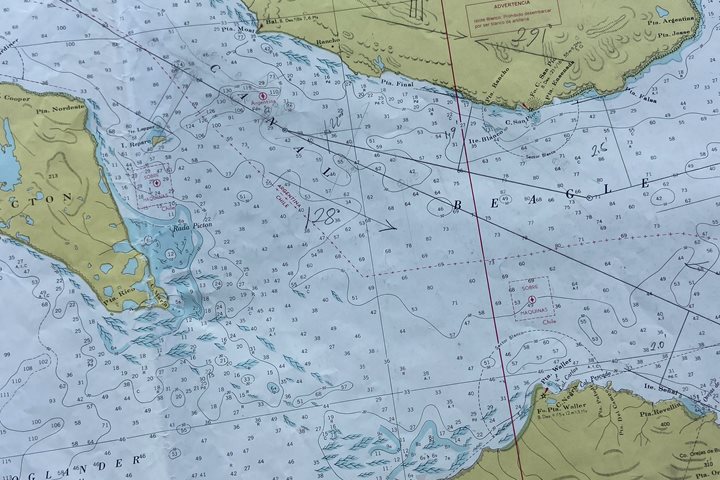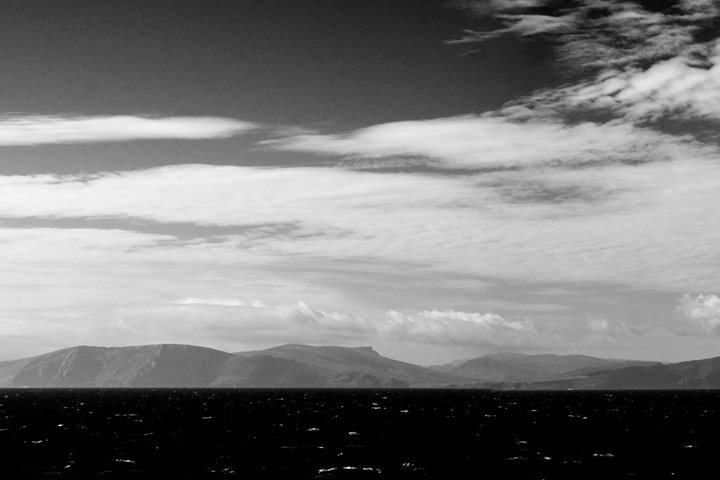After leaving the Weddell Sea overnight, the National Geographic Explorer returned through the Antarctic Sound. We woke to light clouds and calm seas. Shortly after breakfast, the Captain spotted blowholes in the distance and alerted us to the presence of killer whales.
Naturalists and guests poured onto the deck and bridge to observe. Before long, we confirmed type A killer whales, the largest of the three types found around the Antarctic Peninsula. These whales feed on large marine mammals, including minke whales and elephant seals. Today we saw a particularly large group, most likely a mix of families. We watched as whales of all ages, including one very large male, displayed a wide variety of surface behaviors, including tail lobbing, charging, and breaching.
By afternoon, we found ourselves at Astrolabe Island, just north of the Trinity Peninsula. It was a rare landing for us, as the island is frequently stormy. We enjoyed a dramatic zodiac cruise around “Dragon’s Teeth,” a series of small rocky peaks that resemble their namesake.
There we viewed nesting fulmars and chinstraps swimming. Ashore, some of our guests climbed a snowy hillside to slide down again. Their shouts of glee echoed far out into the bay.
It was an ideal ending to our peninsula days. Tomorrow morning we begin our voyage north toward South Georgia. Today is Thanksgiving Day in the United States, and we have much to be thankful for.

